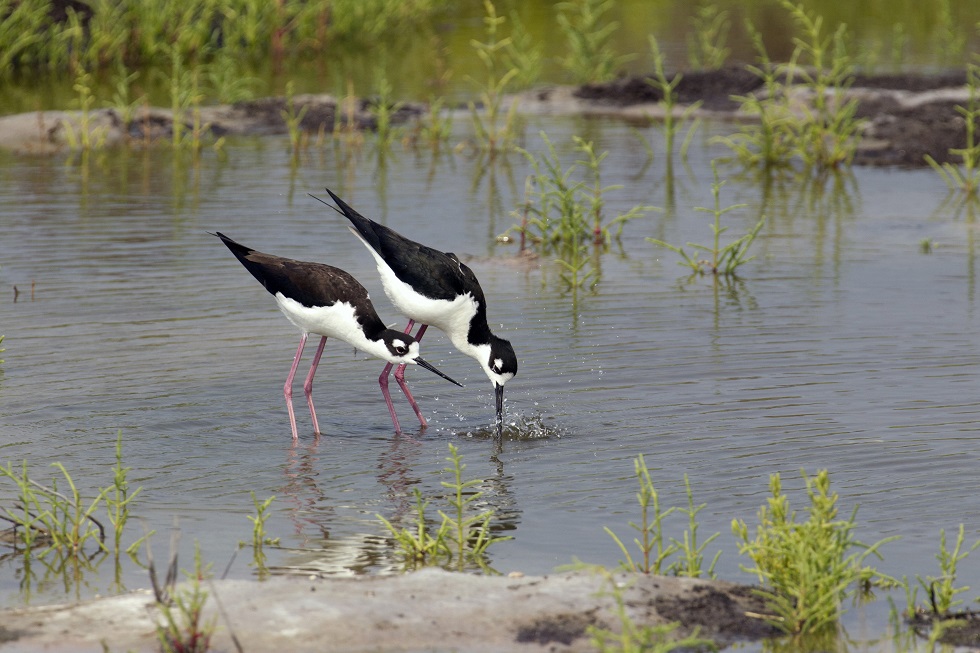Each year, millions of migratory birds make their trek along the Pacific Flyway, an avian highway stretching from the Bering Strait to South America. Dozens of shorebird species and other waterfowl make the journey, relying on wetlands as rest stops along the way. But due to the recent drought, many of California’s wetlands have dried up.
Early this year, the Nature Conservancy unveiled a plan to create temporary wetlands for these migratory birds. The pilot program, called BirdReturns, creates habitat on demand by paying rice farmers along the flyway to flood their fields when the birds need it most.
Here’s how it works: Using satellite imagery, the conservancy determines drought conditions and groundwater availability along the birds’ migratory path. With the help of the California Rice Commission, they are able to identify farmers that might be willing to participate. But knowing when and where to pay farmers to flood their fields required a more creative approach.
For help, the conservancy turned to the Cornell Lab of Ornithology. Through Cornell’s eBird program, a popular crowdsourced birding project, the conservancy taps into a database with thousands of real-time observations by birdwatchers who share their sightings via smartphone. Thanks to these citizen scientists, the conservancy is able to map the flight paths of migrating birds and determine exactly when to pay farmers to flood their fields.
Using a reverse auction to gather bids for wetland creation, the conservancy knows not only where willing farmers are located, but also how much those farmers will charge to flood their fields. “You want us to grow birds like we grow rice,” one farmer said. “We know how to do that.”
In the first year alone, the program created 10,000 acres of foraging habitat for migrating dunlins, sandpipers, swans, and black-necked stilts. “It’s a new ‘Moneyball,’” Eric Hallstein, an economist with the Nature Conservancy, told the New York Times earlier this year. “We’re disrupting the conservation industry by taking a new kind of data, crunching it differently and contracting differently.”
With the program in place, bird lovers hope to see populations of migrating shorebirds more than double in the coming years.
Further Reading:
New York Times: “Paying Farmers to Welcome Birds“
San Fracisco Chronicle: “BirdReturns rescue program is just ducky“




